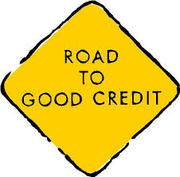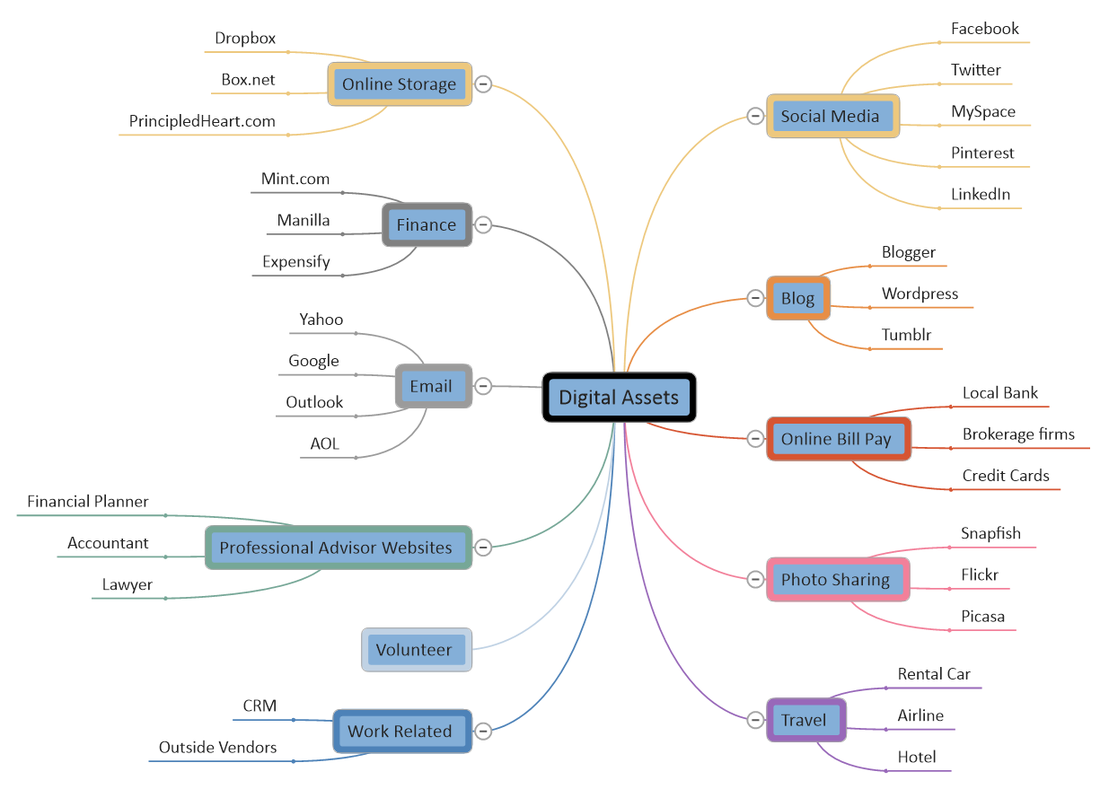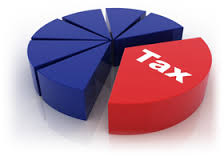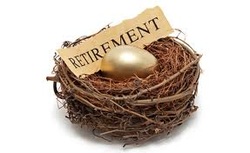
A. If you plan to start a small business and pay yourself, you'll need to know a thing or two about the taxes you owe. One special tax that trips up a lot of small business owners is the self-employment tax, which is also known as the SE or SECA tax (which stands for Self-Employment Contributions Act tax.) This is essentially the same as the FICA tax that is paid by employers and employees for Social Security and Medicare.
Many newly self-employed people, such as sole proprietors, independent contractors and consultants are surprised to find that they pay a lot more in tax as a self-employed person than as an employee. That's because they are required to pay the full amount of their Social Security and Medicare tax, which is typically split between traditional employees and their employer.
There are three parts of the self-employment tax that individuals must pay:
12.4 percent Social Security tax. For 2013, this tax applies to the first $113,700 of net profit or earnings from self employment. If you have earnings above this dollar limit (from self-employment or, if you also have a job, from the combined earnings from your job and your business), then the earnings above this dollar limit are not subject to this 12.4 percent tax.
2.9 percent Medicare tax. The Medicare portion of the self-employment tax applies to all earnings from self-employment and all wages from traditional employments -- there is no earnings limit like there is for the 12.4 percent tax.
0.9 percent additional Medicare tax. This tax was created and imposed beginning this year under the Affordable Care Act, also known as Obamacare. This additional 0.9 percent Medicare tax applies to income from self-employment and/or wages that exceed $200,000 for single filers and $250,000 for married filers.
It's important to note that these taxes, which can total to more than 16.2 percent, are in addition to the taxes imposed for federal and state income taxes. Also, as is the case for most dollar limits in the tax code, the income limits above will gradually increase each year with the effect being that more of your income will be subject to these onerous taxes. For more information on this tax, see IRS Tax Topic 554 - Self-Employment Tax.
Reporting the self-employment tax
If you are a small business and do not incorporate or form a partnership, then you report the net profit or income on Schedule C and include this with your Form 1040. You calculate your self-employment tax on Schedule SE and report that amount in the Other Taxes section of Form 1040.
When figuring self-employment tax you owe, you reduce your self-employment income by half of the SE tax before applying the rate. You also claim 50 percent of what you pay in self-employment tax as an adjustment to income, which is allowed on the front of your Form 1040. For example, if you owe $3,000 for self-employment tax, then you can claim an adjustment to income of $1,500, which reduces your income tax by $375 assuming you are in a 25 percent tax bracket. This adjustment to income is available whether or not you itemize deductions.
A real life example
Say you run a landscaping business as a sole proprietor. In 2013 your net profit as reported on Schedule C is $75,000. Your net earnings subject to the SE tax is calculated on Form SE and would be $69,262.50 ($75,000 x 0.9235). Your self-employment tax would be $10,597.16 ($69,262.50 x 0.153) and you would report that amount on Form 1040 in the Other Taxes section.
You would also report one-half of your self-employment tax, $5,298.58, ($10,597.16 X .50) on Form 1040 as an adjustment to income, which reduces your adjusted gross income and the amount of income tax you owe.
When you work as an employee, you get a paycheck that is less than what you earned because your employer withheld taxes for Social Security, Medicare and income tax and sent that money to the government. But when you are self-employed, the entire burden for paying employment taxes and estimated income taxes is on you. As a self-employed taxpayer you should make payments of estimated taxes throughout the year in quarterly installments because if you do not, you may trigger additional penalties for underpaying.





















 RSS Feed
RSS Feed
